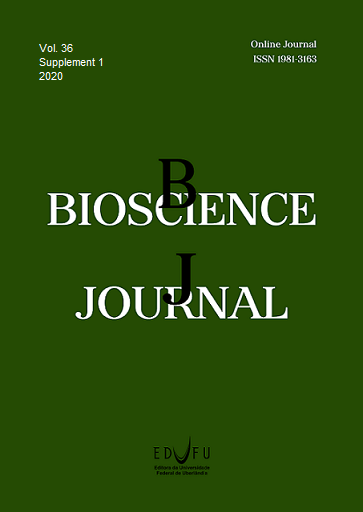Challenges of organic agriculture for the production of composts and vermicompost for the production of medicinal plants – A socioeconomic demand
DOI:
https://doi.org/10.14393/BJ-v36n0a2020-53565Palavras-chave:
Agroecology, Horticulture, Secondary metabolism, Solid residues, SustainabilityResumo
Although the demand for organic fertilizers in agriculture is growing, it remains incipient in some production sectors, such as medicinal plant production, which does not possess specific technology for its development. Solid residues are highly contaminant to water sources, soil, populations and biodiversity but can potentially be used to produce organic composts and vermicompost, such production not only enables nutrient recycling but also acts on soil conditioning, increasing soil organic matter and improving its physical, chemical and biological characteristics, as well as strengthening organic production with an emphasis on medicinal plant production. In this context, recommendations for and applications of organic fertilizers available in the market were reviewed; in addition, the imminent socioeconomic demand for organic compost and vermicompost production was contextualized based on residues from coffee and sugarcane production and cattle farming for application to the medicinal plant production chain. It is concluded that although these sectors produce a considerable amount of residues, they are not being reused in formulation of organic composts and vermicompost, and commercial organic fertilizers recommended for medicinal plant production were not found. Thus, the formulation of vermicomposting and composting from the reuse of agricultural residues, are potential social, economic technologies and tools to be valued and disseminated to traditional and family farmers.
Downloads
Downloads
Publicado
Como Citar
Edição
Seção
Licença
Copyright (c) 2020 Maysa Mathias Alves Pereira , Ludmila Caproni Morais; Adalvan Daniel Martins; José Magno Queiroz Luz, Moacir Pasqual, Roberta Camargos Oliveira, Joyce Dória

Este trabalho está licenciado sob uma licença Creative Commons Attribution 4.0 International License.






